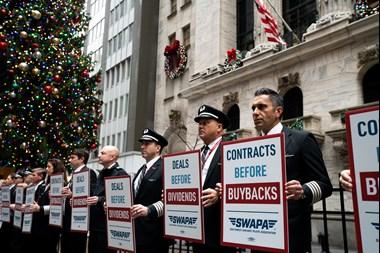Commentary
As the issuer of a sovereign currency, the U.S. federal government can always “print” its way out of debt. That would, of course, be inflationary and reckless, rather like the Weimar Republic in the aftermath of World War I. But low inflation and a more fiscally responsible national government might be able to reduce or even eliminate that debt one day if leaders are able to steel themselves and recognize that they’re merely stewards of the republic, not its owners.





